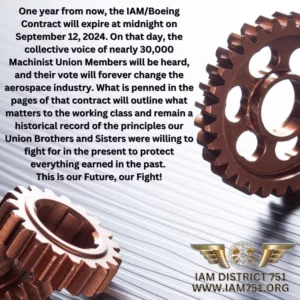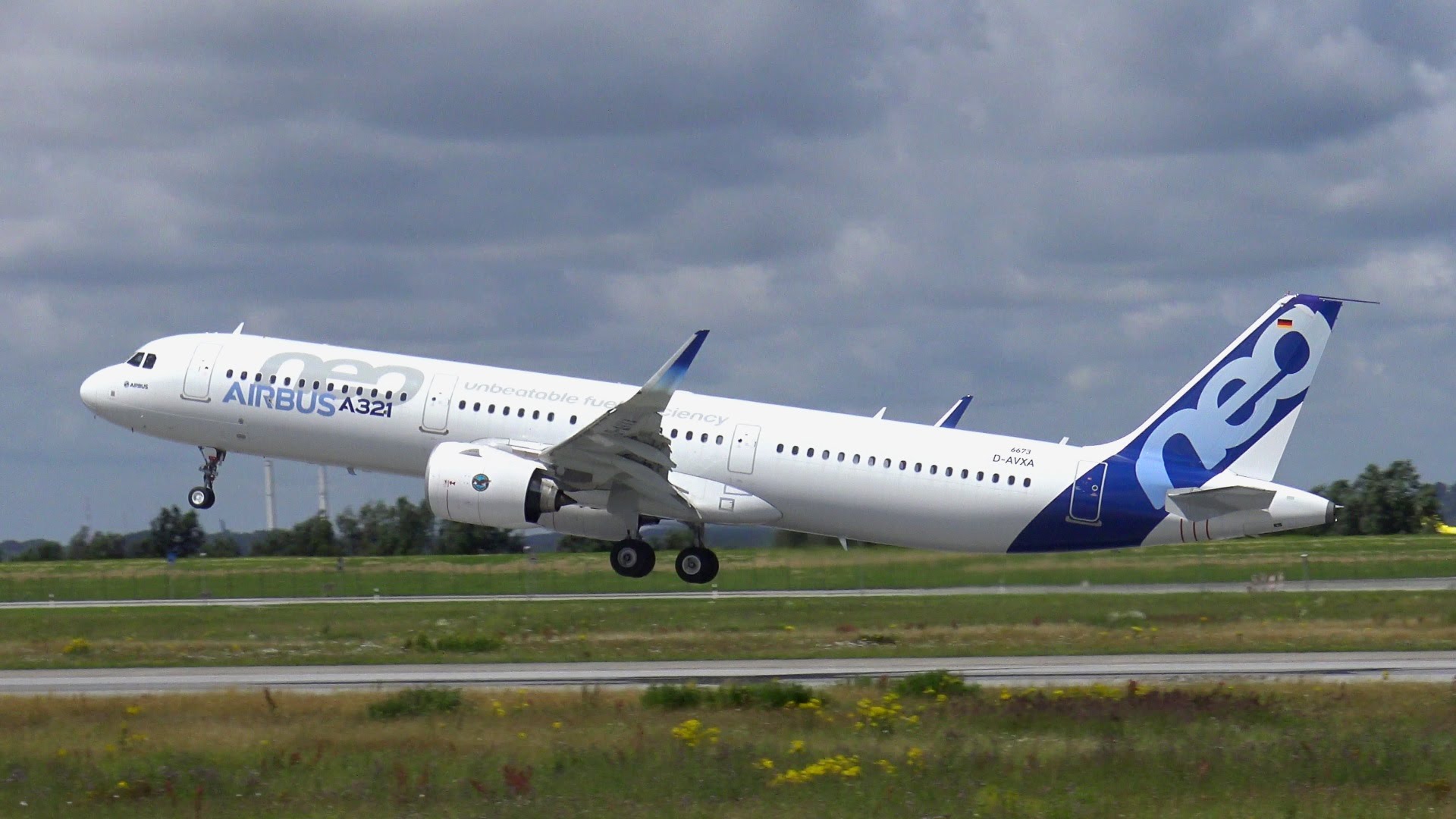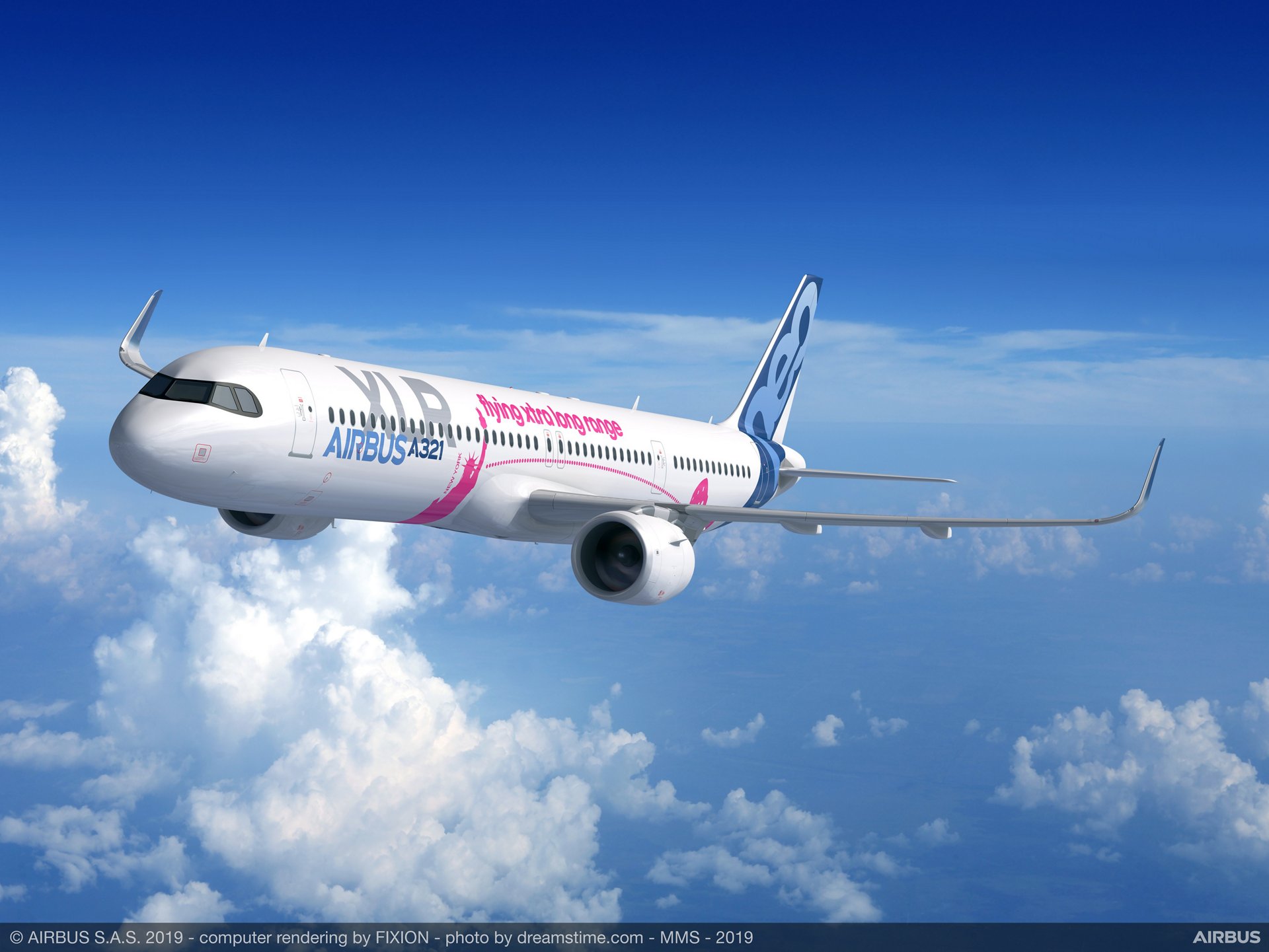Leeham News and Analysis
There's more to real news than a news release.
Further developments of Airbus’ A321
Subscription required
By Bjorn Fehrm
September 28, 2023, © Leeham News: We recently looked at the latest developments around Airbus’ A321XLR certification. When the certification is completed, it extends the A321 to a true Trans-Atlantic airliner.
After the A321XLR, what will be Airbus’ next development? A clean sheet replacement for the A320/A321 series won’t be needed until Boeing replaces the 737 MAX family next decade, and we have described why we think an A220-500 will not happen anytime soon.
The A320/A321 is Airbus main source of revenue and margin. It would, therefore, be a logical focus for further development to keep the success going into the next decade. But what can be done? Is the A321neo with the A321LR and XLR the end of the development of the A321? We use our Airliner Performance and Cost Model (APCM) to analyze A321 fundamentals and look at how to increase capacity and efficiency further.
Summary:
- From launch 40 years ago, the A320 family has increased capacity by 66%, more than doubled range, and reduced fuel burn per passenger mile by over one-third.
- What can be achieved over the next 20 years and how?
The Airliner Production Problem, Part 2
Subscription required
By Bjorn Fehrm
September 19, 2023, © Leeham News: The Airliner OEMs can’t increase their production rates as planned after the pandemic, and it’s become clear it’s not a short-term problem. We started looking at the root causes of the difficulties last week.
We looked at the complex puzzle the production of a modern airliner is and the importance of the learning curve for the result. Now, we analyze the effects that the pandemic had on airliner production and why things are not the same as before the pandemic.
Summary:
- Last week, we looked at the importance of skills in the supply chain and their influence on production rates.
- Now, we analyze what happened with skill levels in the industry before, during, and after the pandemic.
Analysis: Labor issues continue to challenge aerospace industry
Subscription required
By Bryan Corliss
Sept. 18, 2023, © Leeham News – One of the continuing themes we’re hearing – at investor presentations and on quarterly earnings calls – is the shortage of skilled labor, which is disrupting deliveries up and down the aerospace industry supply chain.
The inability of suppliers to deliver parts on time – or to deliver correctly assembled parts – is hampering the OEMs as they attempt to ramp up production to meet high demand from airlines.
This is not just an issue affecting aerospace. There’s a general shortage of medium- and high-skill workers in the Western world right now, with shortages of every kind of worker from line cooks to truck drivers. Shortages existed prior to the Covid-19 pandemic, and there’s still strong demand, even with economies slowing as central banks move to tamp down inflation.
The issue is more pronounced in industries that rely on high-skill workers – like aerospace.
 One outcome of this worker shortage is a rise in union activism. In aerospace, we’ve seen the strike by the International Association of Machinists against Spirit AeroSystems this summer, and the near strike by members of the same union against Boeing’s defense business in and around St. Louis last year.
One outcome of this worker shortage is a rise in union activism. In aerospace, we’ve seen the strike by the International Association of Machinists against Spirit AeroSystems this summer, and the near strike by members of the same union against Boeing’s defense business in and around St. Louis last year.
Next year, both Spirit and Boeing will be back at the bargaining table; Spirit to negotiate with members of SPEEA, the union for aerospace engineers, while Boeing holds talks with IAM District 751, which represents hourly workers at the company’s plants in Puget Sound and Oregon.
IAM 751, in fact, is urging members to prepare for what it’s describing as a September 2024 contract vote that will “forever change the aerospace industry.”
The environment seems to be favorable to the unions, for reasons we’ve discussed before. However, with the OEMs and Tier 1 suppliers heavily in debt (and currently bleeding red ink), there’s going to be a limit to what the companies will be willing to offer in a bid to satisfy their labor forces.
- Demand for workers remains strong
- Lack of skilled labor is hurting industry
- Boeing, Spirit aren’t strong financially
- UAW strike bellwether for next year’s talks
GE Aero sees growth through 2026, despite supply chain snags
By Bryan Corliss
(Subscription required)
Sept. 15, 2023, © Leeham News – Demand for aircraft engines and spare parts will continue to grow in 2025-26, but perhaps at a slower rate than what the industry is currently experiencing, the CFO of GE Aerospace said at an investor conference Thursday.
 “Clearly the demand is robust,” Rahul Gai, who is CFO of both GE and GE Aerospace, told investors gathered at Morgan Stanley’s annual Laguna Conference. “We are trying to ensure we meet the demand expectations.”
“Clearly the demand is robust,” Rahul Gai, who is CFO of both GE and GE Aerospace, told investors gathered at Morgan Stanley’s annual Laguna Conference. “We are trying to ensure we meet the demand expectations.”
GE Aero plans to deliver some 2,000 LEAP engines next year, which is up from this year’s projected total of 1,700, he said. This comes even as the company continues to deal with supply chain constraints caused in part by a lack of skilled labor.
- GE Aero and Vernova on track for two-company split
- Chinese recovery driving 2023 growth
- GE sending engineers to help its suppliers
The Airliner Production Problem
Subscription required
By Bjorn Fehrm
September 14, 2023, © Leeham News: For more than a year, we have heard all the Airliner OEMs complain that they can’t increase production rates because of delivery problems in their supply chain. It’s a problem that is not easy to fix; it just goes on and on.
What is the root problem behind the persistent problem of increasing production of our airliners? There are specific problems for each aircraft type and time, but some fundamental problems are behind the overall problem of increasing the production numbers.
We analyze these fundamental problems in a series of articles.

Figure 1. The Airbus A321, a model which a new customer gets delivered six years from now if the production increases to plan. Source: Airbus.
Summary:
- We start describing the realities of airliner production, and what a gigantic puzzle it is.
- We also delve into the learning curve, and why it has such importance for production rates.
Analysis: Jefferies presentations show industry hasn’t stabilized post-Covid
Subscription Required
By Bryan Corliss
Sept. 11, 2023, © Leeham News: Negative cash flow in the quarters ahead. Ongoing issues with the supply chain. OEMs struggling to meet high airline demand as Tier 1s wrestle with quality issues. New technology wearing out faster than the old systems it replaced.
 The No. 1 takeaway from last week’s Jefferies Financial Group Industrials Conference presentations is that the aerospace industry is still a few years away from being in a stable state capable of meeting the demands of customers and shareholders alike.
The No. 1 takeaway from last week’s Jefferies Financial Group Industrials Conference presentations is that the aerospace industry is still a few years away from being in a stable state capable of meeting the demands of customers and shareholders alike.
“We know our customers really do want to make more,” said Howmet CEO John Plant, whose company casts fasteners and engine components for Tier 1s and OEMs. “The question becomes when can we achieve these improved rates?”
Plant went on to say that he believes both Airbus and Boeing will hit their goals for increased widebody production; Airbus at 9/mo on the A350, Boeing at 10/mo for the 787.
The question, he said, is whether the OEMs will hit those rates in 2025 or 2026.
Executives from Boeing, Spirit AeroSystems and Howmet all presented at the conference, and all agreed that there’s reason to be optimistic, given the strong demand from airlines for more planes.
The issue, as Plant put it, is the industry’s ability to meet that demand. “We haven’t seen the real benefits of increased aerospace production.”
- Companies discuss latest 737 quality issue
- Spirit tries to get on track as refinance deadline looms
- Gentile: Supply chain needs new contract terms
- Boeing CFO projects losses for next quarter
- Howmet talks about engine challenges
- Takeaway: Fundamental demand is strong, but…
The range of the Airbus A321XLR, Part 2
Subscription required
By Bjorn Fehrm
September 7, 2023, © Leeham News: The advertised range of 4,700nm for the Airbus A321XLR enables true trans-Atlantic single-aisle routes that can originate further inland, both in the US and Europe. When EASA and FAA demanded that Airbus add extra fire protection around the tank that gives the extended range, rumors told of a substantial range loss.
Last week we could see that whatever the weight increase, the range loss is not substantial. Now we look at what Airbus could do to restore the range of the A321XLR.
Summary:
- We could see last week that the range shortfall from the rumored weight increases is less than rumored.
- When we look at the fixes for any range shortfall, they seem straightforward and doable.
The range of Airbus’ A321XLR
Subscription required
By Bjorn Fehrm
August 31, 2023, © Leeham News: The advertised range of 4,700nm for Airbus’ A321XLR enables true trans-Atlantic single-aisle routes that can originate inland both in the US and in Europe. It was, therefore, worrying when EASA and FAA demanded that Airbus add extra fire protection in the area where the new center tank is placed, the tank that enables the longer range.
Extra fire protection increases the empty weight, which has an impact on range. How much is lost, and what can Airbus do about it? We model the range shortfall and possible fixes with our Aircraft Performance and Cost model.
Summary:
- The A321XLR is the first trans-Atlantic single-aisle airliner that can fly further than coast to coast between the US and Europe.
- The range shortfall from the rumored weight increases is less than written about but still troublesome.
The back story to a Chinese lessor sale of 737 MAX orders
Subscription Required
By Scott Hamilton
Aug. 28, 2023, © Leeham News: The order in February by Air India for 190 737 MAXes involves a backstory involving China that until now hasn’t been told. A subsequent sale by a Chinese lessor of all 737 MAX orders to a Middle Eastern lessor further reduces Boeing’s exposure to China.
The Air India was finalized at the June Paris Air Show. When Boeing announced its second quarter financial results the following month, the MAX inventory accumulated during the 21 month grounding of the type was reduced by 55 aircraft. These 55 MAXes were part of the inventory of 140 737s that were built for Chinese airlines and lessors.
Subsequently, the Chinese lessor CALC announced a deal to sell its entire MAX backlog of 54 to the Emirates lessor, DAE. Purchase rights to some 50 more MAXes were also transferred to DAE. This transaction left CALC with no 737s on its order books.
In its 2022 annual report, the most recent CALC financial statements available, the lessor wrote, “As at 31 December 2022, CALC had 226 aircraft on its orderbook, including 131 Airbus, 66 Boeing and 29 COMAC aircraft.”




